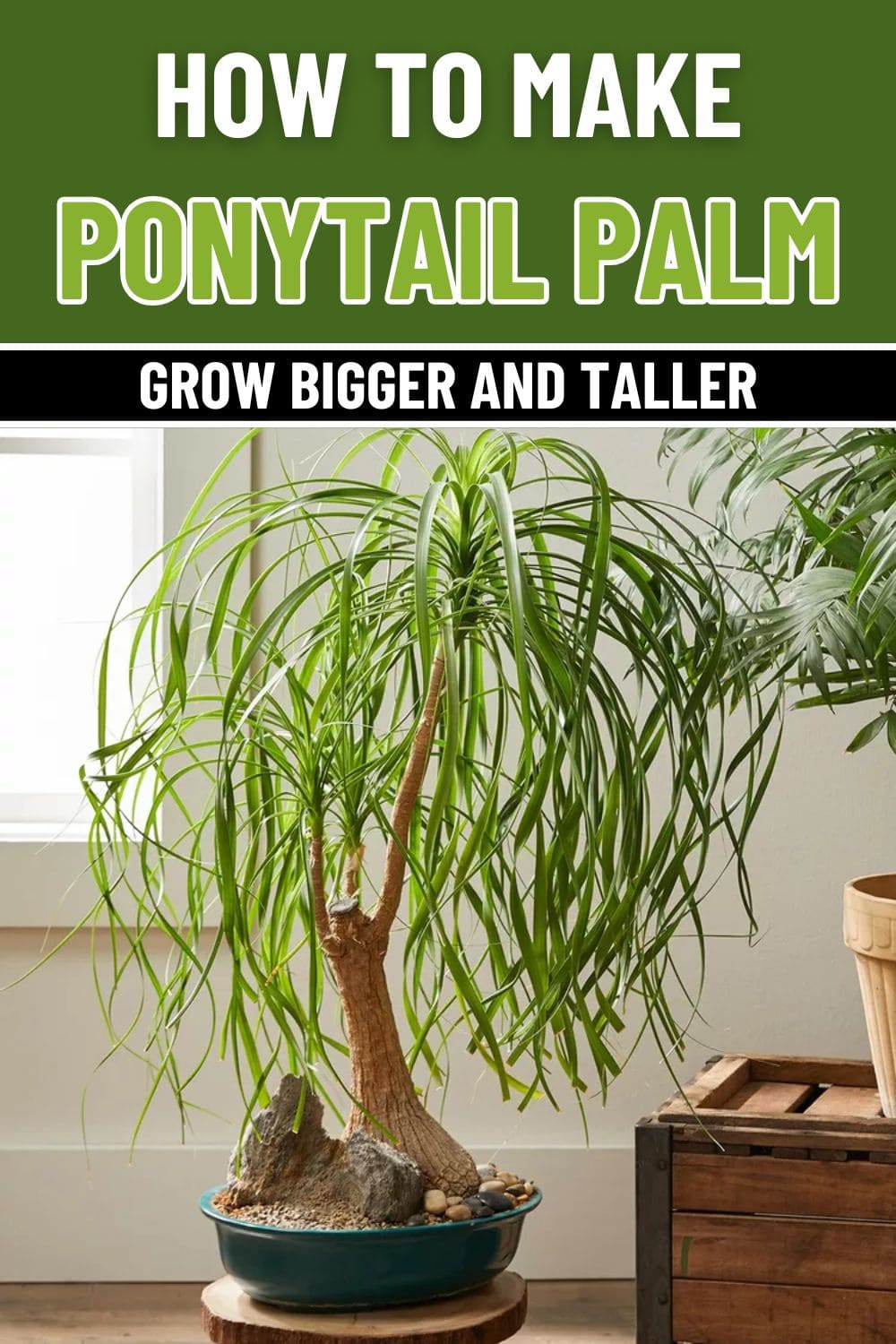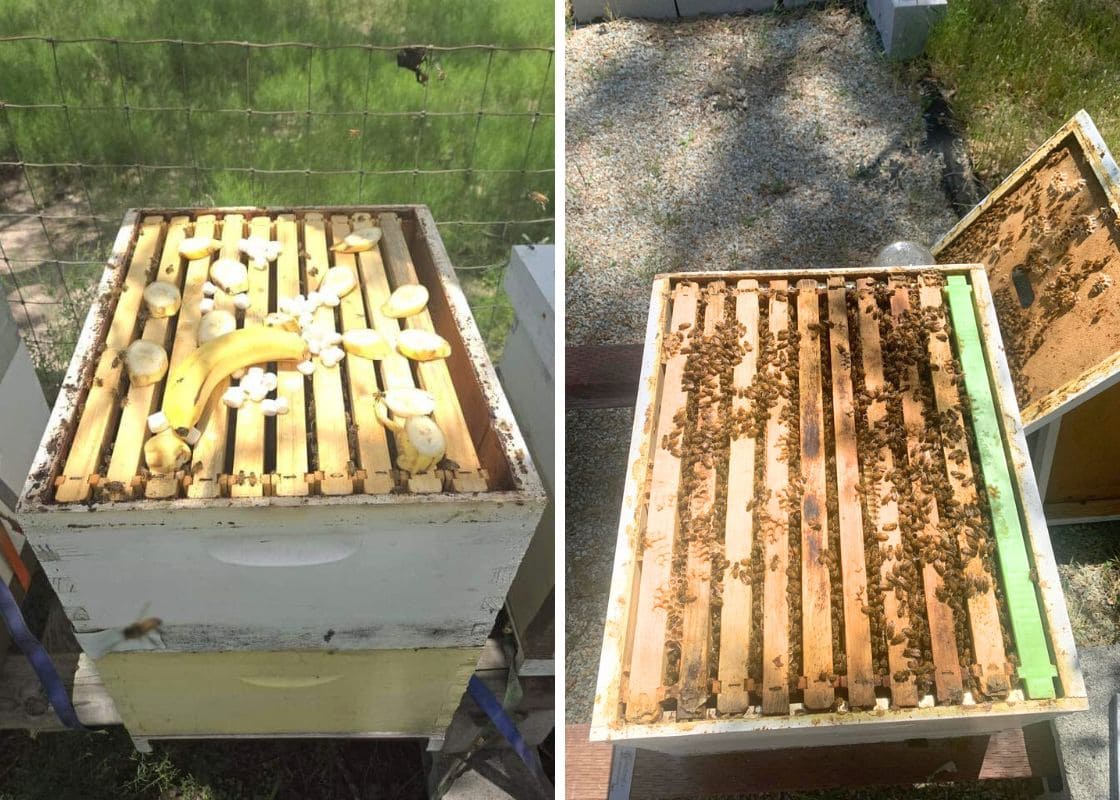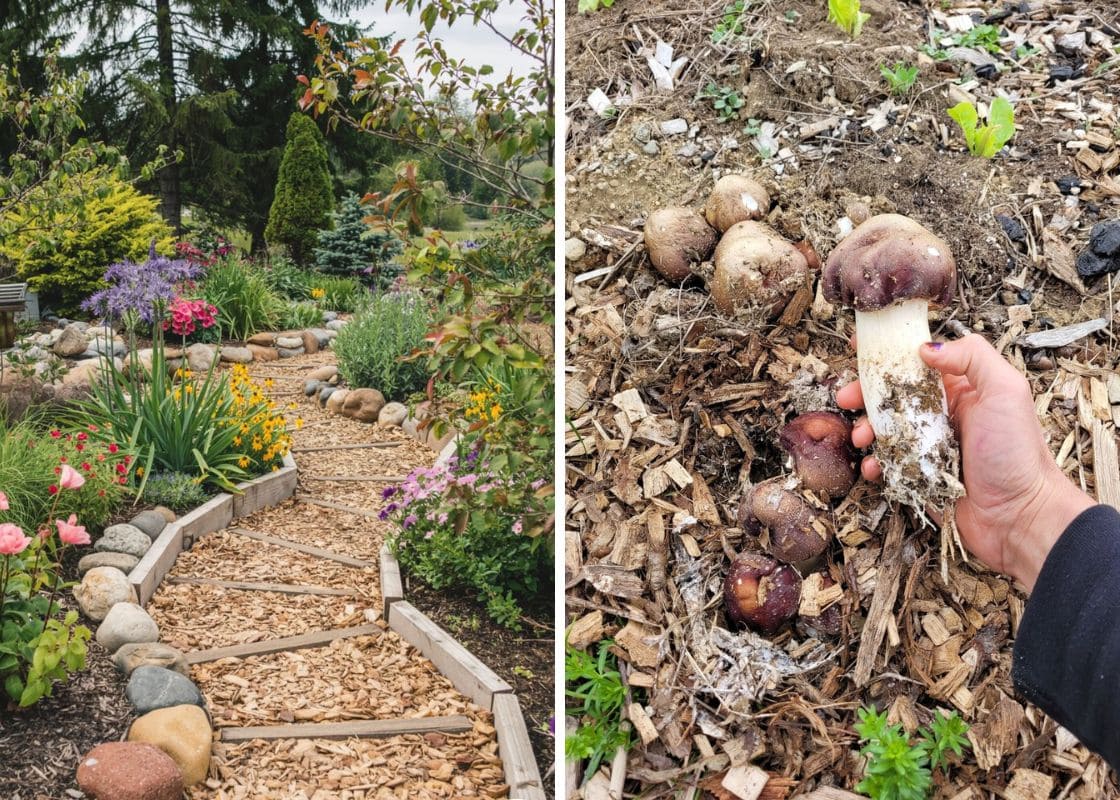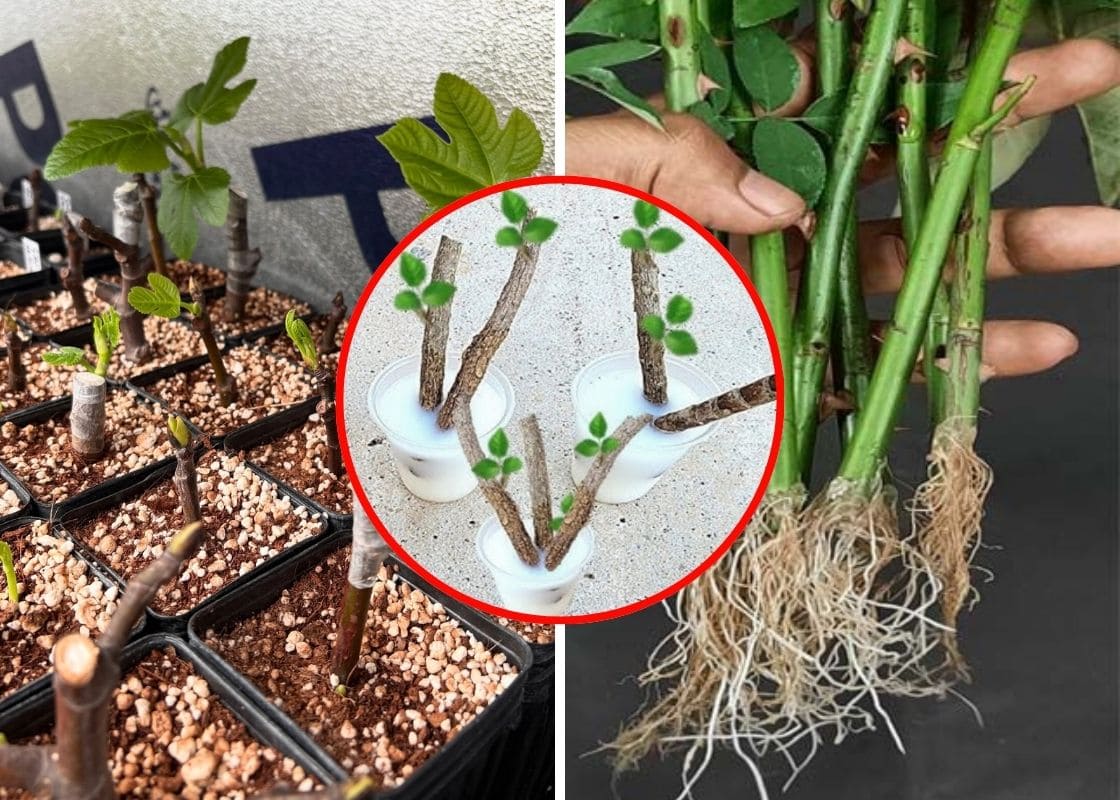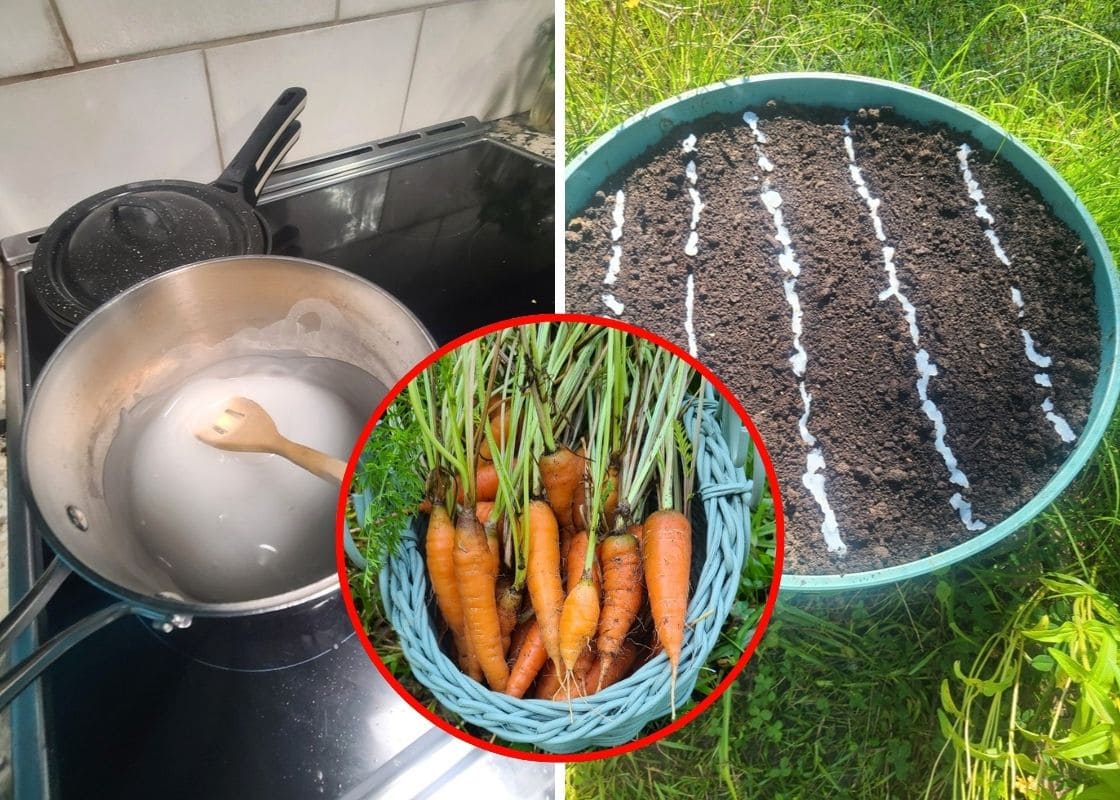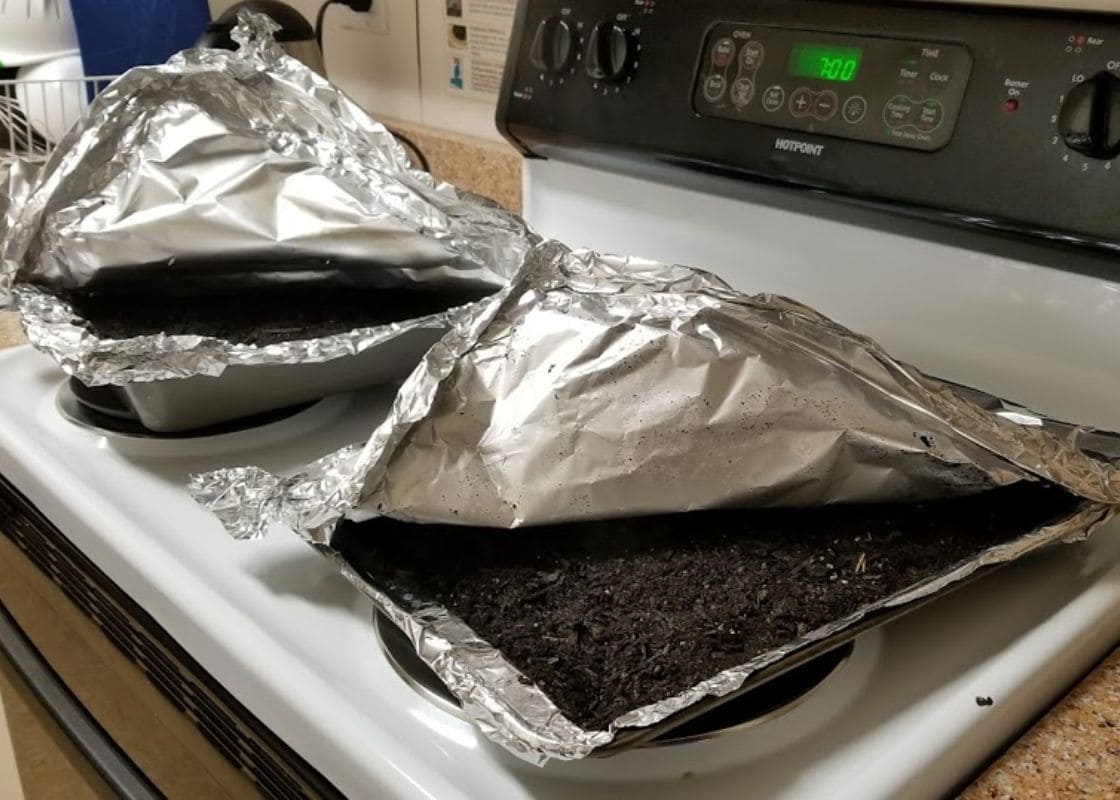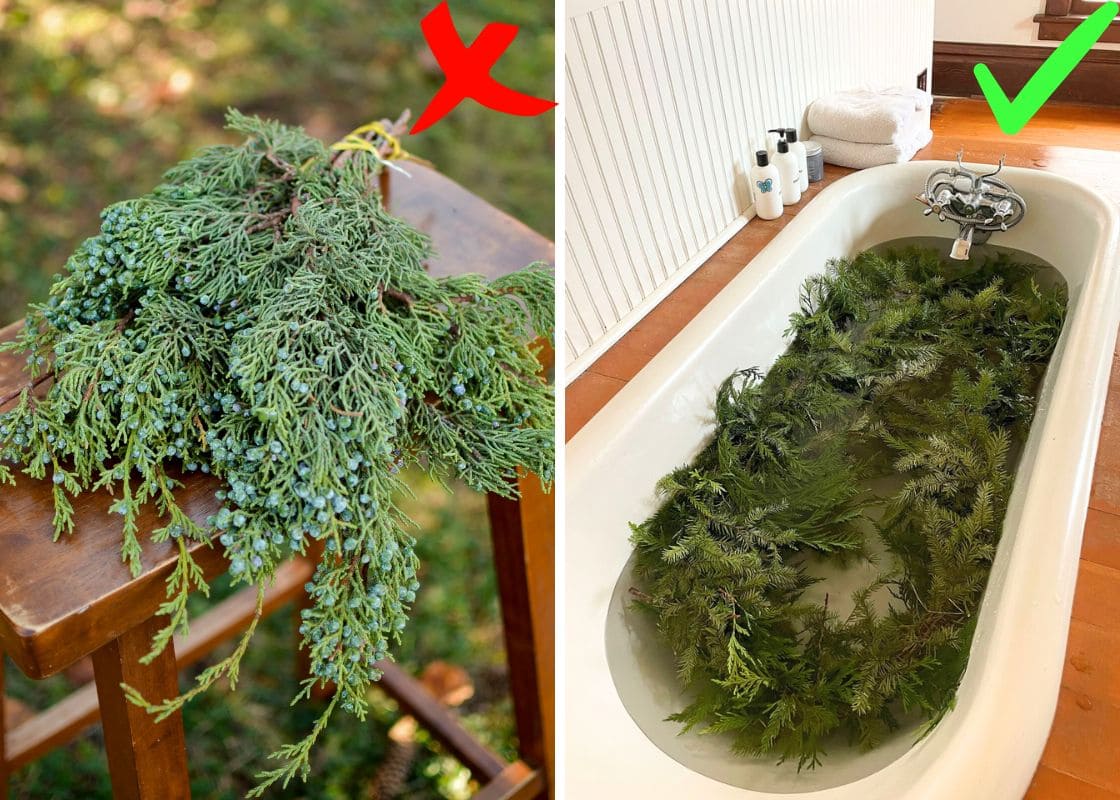The ponytail palm (Beaucarnea recurvata) is a plant that loves to surprise people.
With its bulb-like base and cascade of strappy green leaves, it looks whimsical on a shelf.
But under the right conditions, this slow grower can become a tall, tree-like centerpiece, adding drama to any home or garden.
If you want your ponytail palm to grow bigger and taller, it takes more than just water and sunlight, it requires the right environment and a little patience.
Bright Light Is the Fuel for Growth
Ponytail palms are native to semi-desert regions of Mexico, where they bask in hot sun for most of the day.
Indoors, they’ll survive in moderate light, but survival isn’t the same as thriving.
To push them into active growth, place your palm in the brightest window you have, ideally south- or west-facing.
Outdoors, choose a spot with at least six hours of direct sunlight daily.
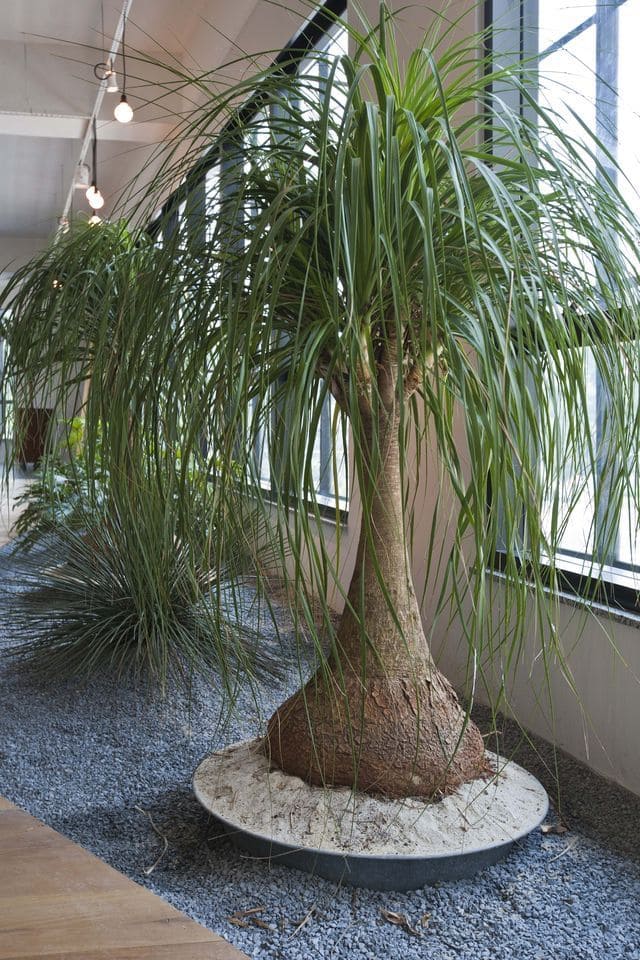
If you notice the leaves stretching or losing their rich green color, that’s a sign your plant isn’t getting enough light.
A grow light can fill in the gap during winter or in homes with low natural light.
Think of light as your ponytail palm’s energy bank as the more you give it, the bigger and stronger it will grow.
Pot Size and Root Care Matter
Unlike fast-spreading houseplants, ponytail palms like their roots a little snug.
Choosing a pot just one or two inches wider than the caudex (the bulbous base) prevents excess soil from staying wet.
Repotting too often, or into oversized containers, slows growth by overwhelming the plant with damp soil.
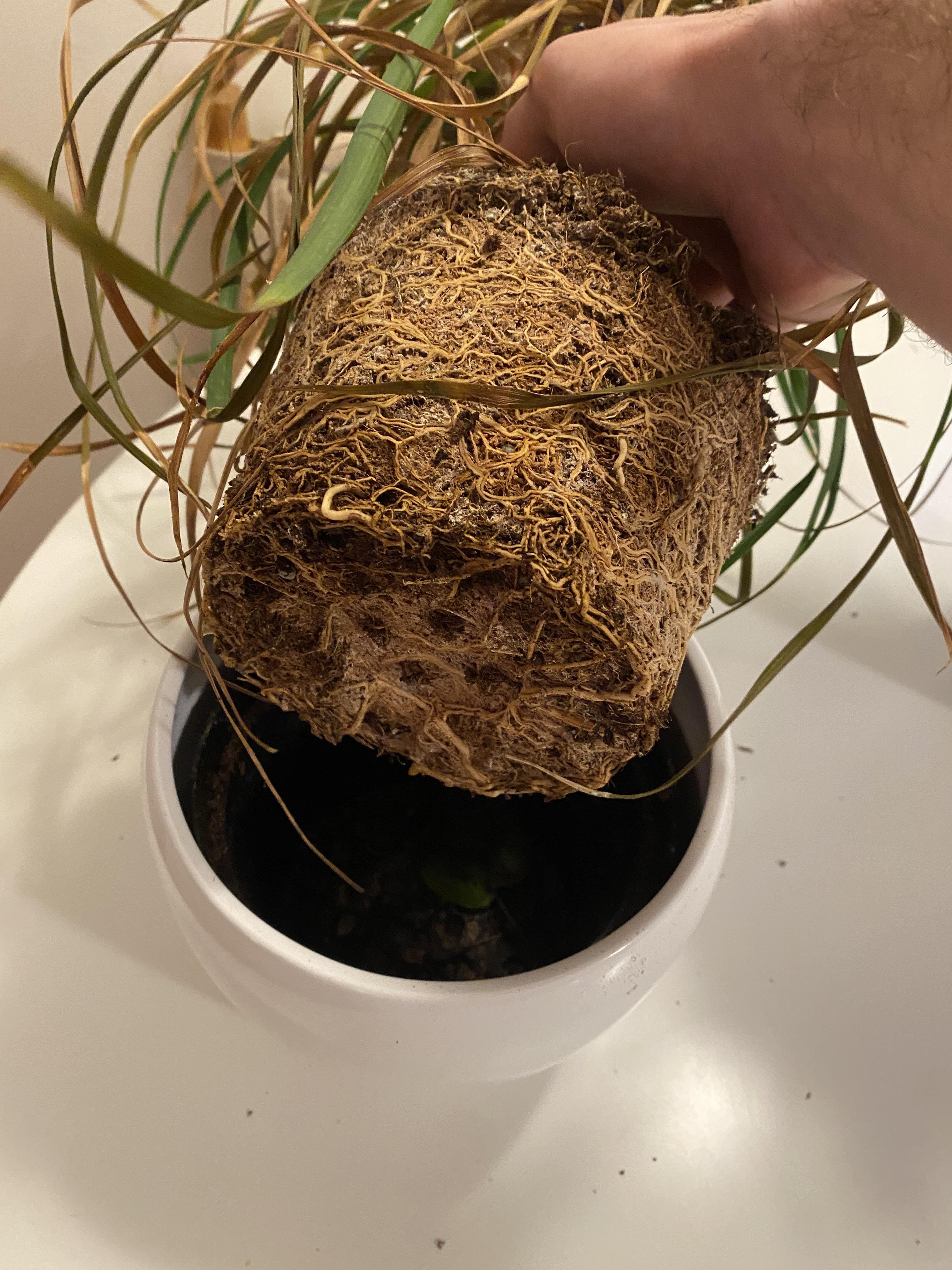
Every two to three years, refresh the soil and go up one pot size.
This gentle progression encourages roots to expand at a natural pace, which in turn supports steady trunk and leaf growth.
When your palm is still young, this routine is the foundation for future height.
Soil That Mimics Its Native Habitat
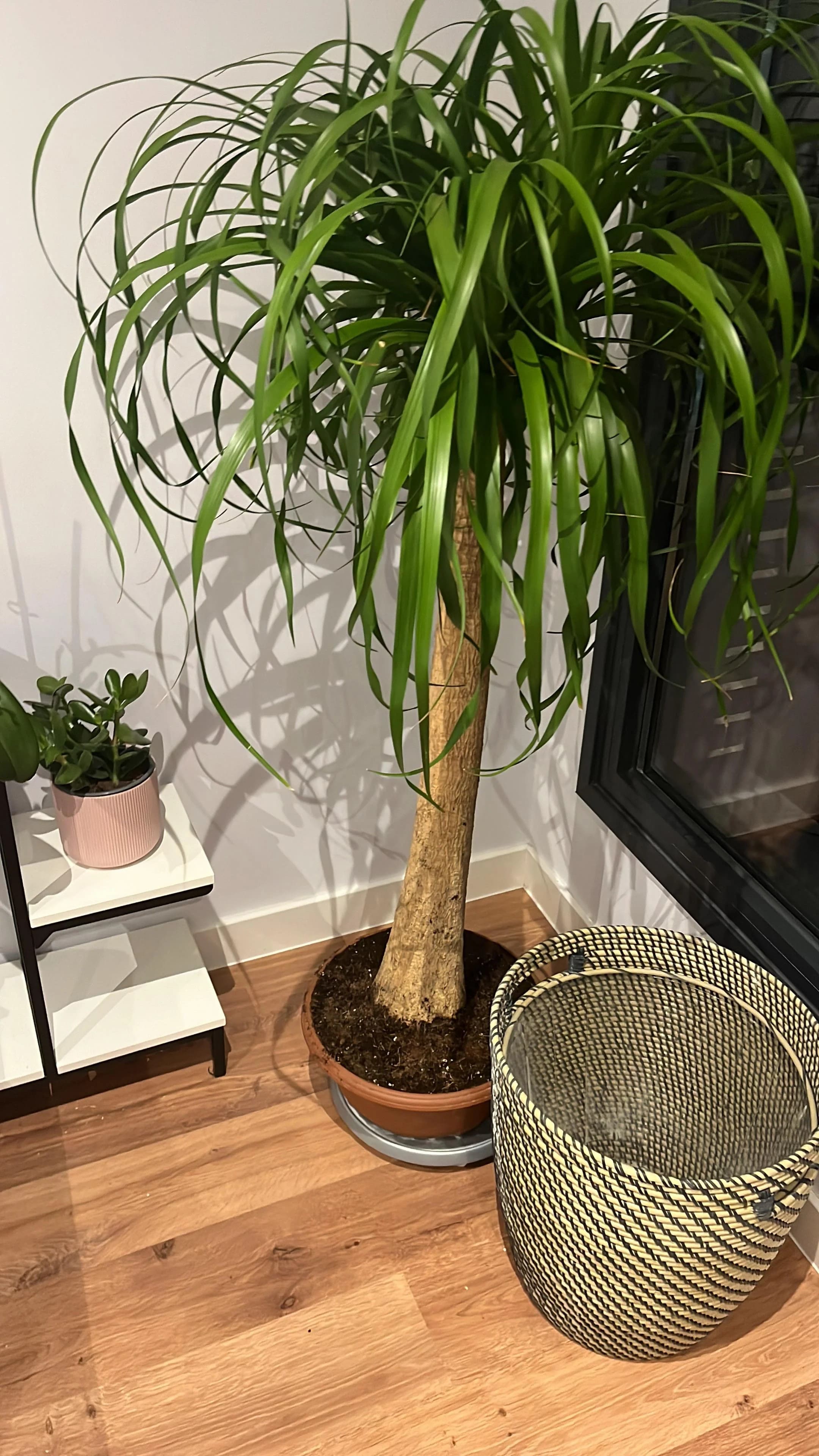
In nature, ponytail palms grow in sandy, rocky ground that drains instantly after a rain.
Replicate this at home with a cactus or succulent mix. You can also blend regular potting soil with coarse sand and perlite for better drainage.
A well-aerated soil doesn’t just prevent root rot, it allows the roots to pull in oxygen and nutrients efficiently.
This is crucial if your goal is a taller plant because healthy roots translate directly to a stronger trunk and fuller top.
The Right Way to Water
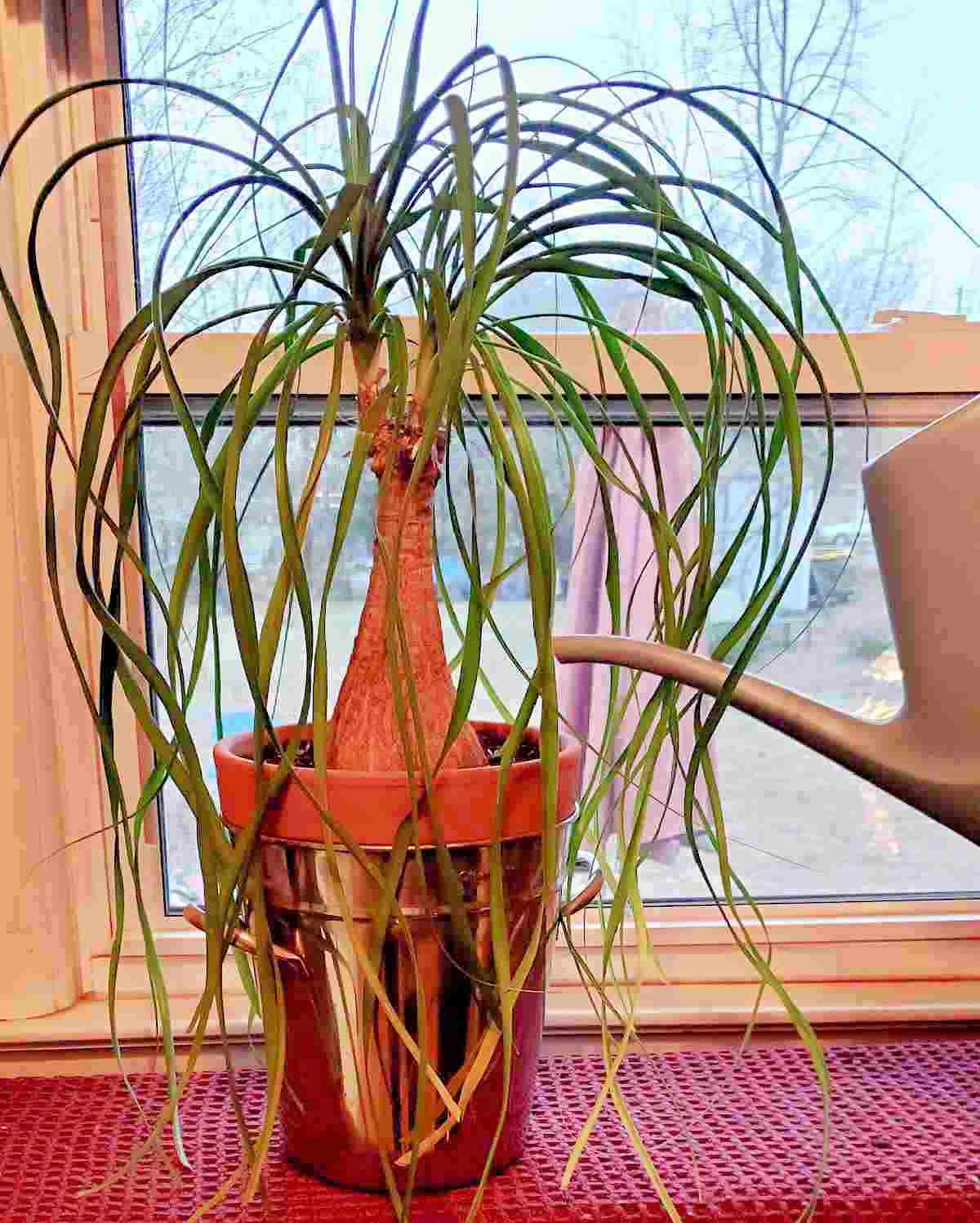
One of the biggest mistakes people make is overwatering. That swollen base is a built-in water tank, and it can store weeks’ worth of moisture.
The best practice is to let the soil dry out almost completely before watering again.
Then, when you water, soak thoroughly until water drains from the bottom.
This drought and flood cycle mimics natural desert rainfalls, training the plant to grow deep roots that anchor it as it gets taller. I
f you water lightly and too often, you’ll encourage weak, shallow roots that don’t support growth.
Feeding for Height and Strength
During the growing season (spring through early fall), your ponytail palm appreciates extra nutrition.
A balanced liquid fertilizer once a month, diluted to half-strength, provides nitrogen for leaf production, phosphorus for root strength, and potassium for overall vigor.
Slow-release pellets are another option if you prefer less frequent feeding.
Avoid fertilizing in winter when the plant is naturally dormant.
Overfeeding in the off-season can lead to salt buildup, which harms roots instead of helping them.
Pruning: What Helps, What Hurts
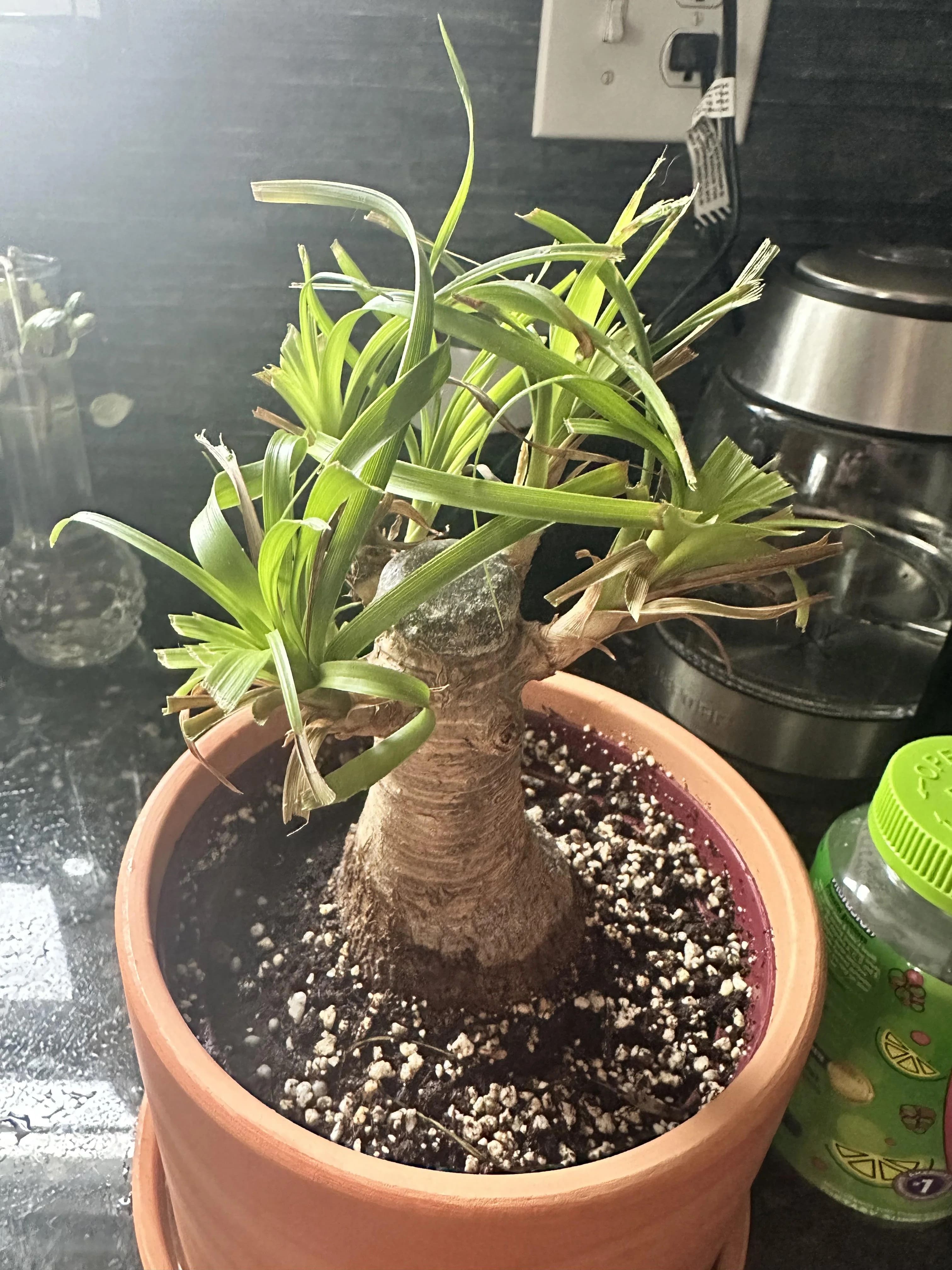
If you dream of a taller ponytail palm, don’t cut off the top. Removing the crown stops vertical growth and encourages branching.
That’s great if you want a bushier plant, but terrible if your goal is height.
Instead, stick to trimming only the brown tips of leaves to keep your palm neat.
For indoor plants, occasional grooming makes them look polished, but remember: growth takes time, not constant shaping.
Keep It Cozy
Ponytail palms thrive in warmth. Indoors, keep them away from cold drafts and air conditioning vents.
Outdoors, they grow best in USDA zones 9-11, where winters stay mild.
If you live in a cooler region, bring them indoors before nighttime temperatures dip below 50°F (10°C).
Cold stress slows growth dramatically and can scar the leaves.
Patience and Long-Term Growth
Ponytail palms are famously slow growers. Even with perfect care, they may add only a few inches a year.
Younger plants may stay compact for several years before you notice their trunk beginning to elongate.
Over decades, though, they can reach 6-10 feet indoors and far taller outdoors in the ground.
The key is consistency: good light, proper watering cycles, and regular feeding during the active season.
Think of it like raising a tree, you’re investing now in a future statement plant that will outlast trendy houseplants and grow more beautiful with age.
Final Thoughts
A ponytail palm isn’t just another decorative plant, it’s a living sculpture that rewards patience.
If you give it what it craves, bright light, well-draining soil, careful watering, and seasonal feeding, it will slowly but surely grow taller, fuller, and more majestic.
With the right care, your little palm can transform into a towering presence that anchors a room or garden with charm and character.
